Unfortunately, diseases like type 2 diabetes affect more people every year. In terms of mortality, it ranks second, second only to oncology. The danger of such a disease is not only the constantly rising glucose level, but also the failure of almost all bodily functions.
The "sweet" disease is not treated, you can only minimize the risk of complications and avoid insulin-dependent types of diabetes. To normalize sugar levels, endocrinologists mainly prescribe a low-carb diet and regular exercise therapy. It turns out that a type 2 diabetes diet and nutritional treatment are the main and primary therapy.
If with the help of diet therapy it is impossible to achieve the desired result, you should start taking hypoglycemic drugs. It is also important to monitor the blood count with a glucometer at home.
Causes and symptoms
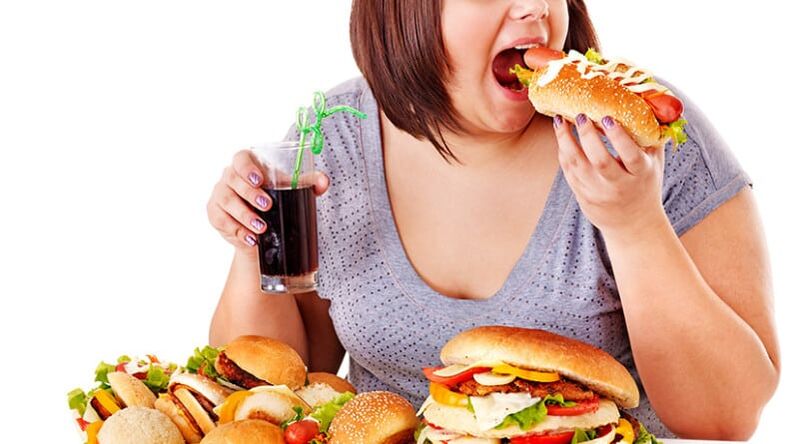
Diabetes refers to diseases of the endocrine system, when the level of sugar in the blood continues to rise. This is due to a decrease in the susceptibility of cells, as well as tissues, to the hormone insulin, which is produced by the pancreas.
It is noteworthy that the body produces this hormone in sufficient quantities, but the cells do not react to it. This condition is called insulin resistance.
There is no single and specific cause of type 2 diabetes, but doctors have identified risk factors, one of which is age 40 years. It is at this age that DM is often diagnosed. But this does not mean that the disease has progressed dramatically. Most likely, the patient ignores the symptoms of prediabetes for years, thus exhausting the body.
SD signs:
- thirsty;
- dry mouth;
- slow healing of wounds and abrasions;
- frequent urge to go to the toilet;
- tired quickly;
- drowsiness.
If at least one of the symptoms is manifested, it is recommended to visit an endocrinologist for analysis to exclude or confirm the presence of the disease. The diagnosis is quite simple - delivery of venous and capillary blood. If you know the symptoms and the treatment will be effective.
Diabetes is more common in the following categories of people:
- age above 40 years;
- overweight by stomach type;
- malnutrition, when light carbohydrates (sweets, flour products) predominate in the diet;
- sedentary lifestyle without proper physical activity;
- high blood pressure;
- presence of diabetes in the immediate family.
When treating a "sweet" disease, you must strictly adhere to a diet aimed at lowering blood glucose.
diet therapy
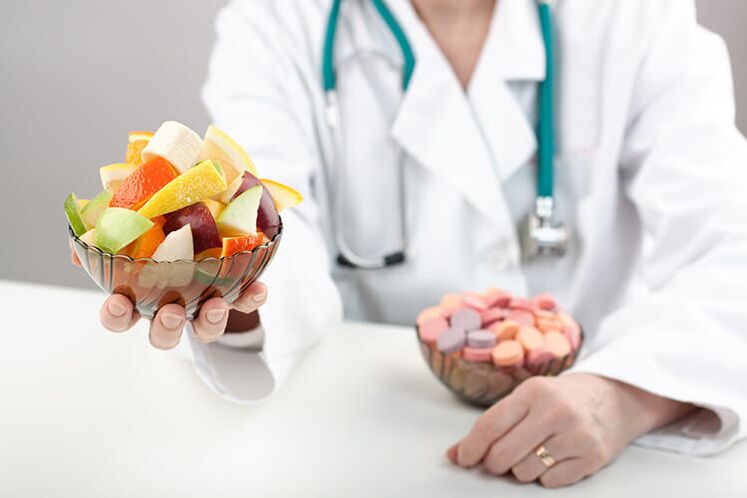
>A properly formulated therapeutic diet, coupled with moderate physical activity, will be the primary treatment for diabetes. One of the main rules is not to starve and not to overeat. The number of meals is six times a day. Last dinner at least a few hours before bed.
Type 2 diabetes Diet and nutritional therapy stabilize blood sugar levels. Up to half of the daily diet should be vegetables. Also, the daily menu should include cereals, fruits, meat or fish and dairy products.
The body of a diabetic suffers from a deficiency of vitamins and minerals. This is due to failures in metabolic processes not only from the endocrine system. That is why it is very important to eat a balanced diet.
From the above, the main principles of the diet can be distinguished:
- small meals, six times a day;
- minimum fluid intake - two liters;
- do not starve and do not overeat;
- dinner should be light, it is worth limiting yourself to a glass of fermented milk product or 150 grams of cottage cheese;
- fruits should be included in the breakfast;
- in the preparation of vegetable dishes, use only seasonal products;
- choose products according to GI.
All diabetic foods should have a low glycemic index. Endocrinologists adhere to these indicators when drawing up dietary therapy.
In addition to observing the principles of nutrition, one should not forget about the permissible heat treatment, which is aimed at the absence of bad cholesterol in the dish.
Cooking is allowed in the following ways:
- boil;
- for couples;
- in the microwave;
- bake in the oven;
- in the multicooker;
- boil, using a little vegetable oil.
It is important to study the concept of GI separately and teach yourself how to shape a diet based on personal taste preferences.
After all, the choice of products for diabetics is quite wide and allows you to cook a lot of healthy dishes.
GI products in diet therapy
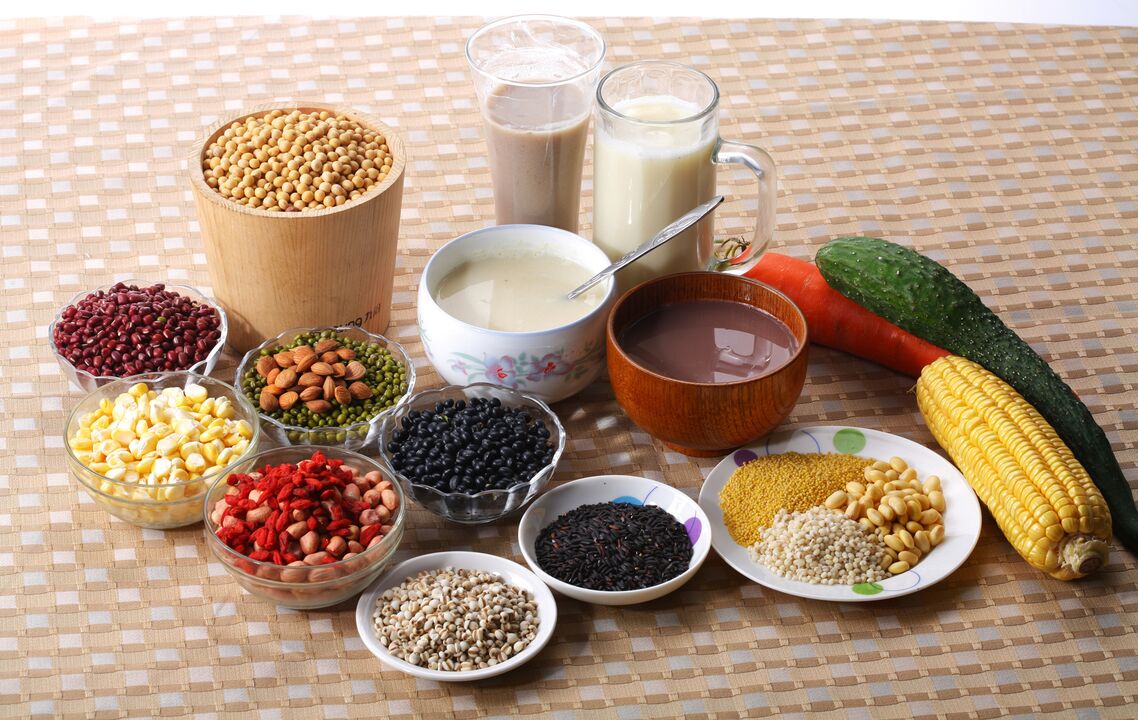
The glycemic index is a measure that reflects the effect of certain foods after eating them on increasing blood sugar levels. Products with low GI contain digestible complex carbohydrates, which are not only necessary for the patient, but also provide him with a feeling of fullness for a long time.
People with diabetes need to choose from a category of foods that have a low GI. Foods with average indicators can be dieted only occasionally, no more than twice a week. Products with high GI are able to raise glucose levels up to 4 mmol/l in a fairly short time.
The glycemic index of foods is divided into three categories. But in addition to this value, you need to pay attention to the calorie content of food. So, some foods have a unit value of zero, but at the same time they contain bad cholesterol and are high in calories.
Bright ones will take fat, which does not contain carbohydrates and has 0 units, but is categorically contraindicated for diabetics. GI division:
- 0 - 50 units - low;
- 50 - 69 units - medium;
- more than 70 units - high.
There is a special product table with indexes to make it easier for the patient to create a menu for himself. Some products after heat treatment can significantly increase the index - these are beets and carrots. Raw they are allowed, but boiled under the ban.
The therapeutic diet allows you to cook dishes from such vegetables:
- Onion;
- all kinds of cabbage - white and red, Brussels sprouts, cauliflower, broccoli;
- Garlic;
- eggplant;
- tomatoes;
- string beans and asparagus;
- nuts;
- peas;
- pumpkin;
- cucumber.
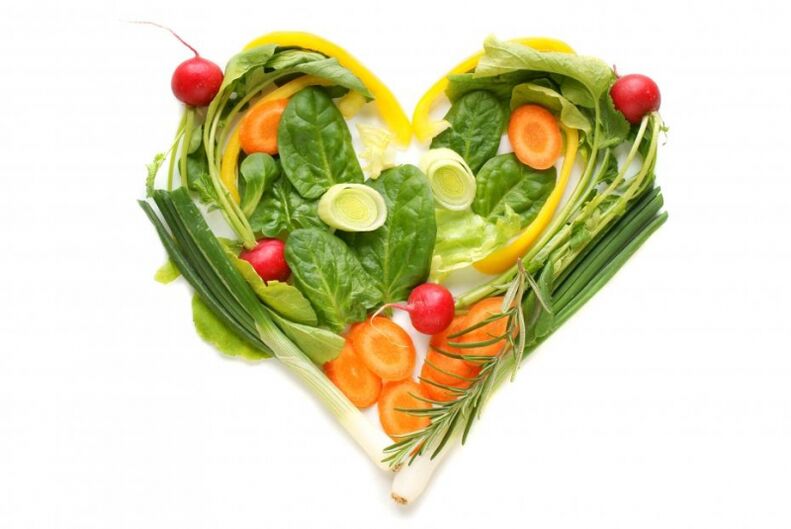
Many people are used to having potatoes on their table. But with a "sweet" disease, it is better to refuse it due to a high GI. In very rare cases, when it is still decided to use the tubers, they must be soaked in water overnight. Thus, you can remove starch and slightly reduce the index.
Vegetables for diabetics are a source of vitamins, micro and fiber. They prepare not only fresh salads, but also side dishes, as well as complex dishes. It is allowed to diversify the quality of taste with greens - spinach, lettuce, oregano, basil, dill and parsley.
Fruits are an equally important component of the diet. The permissible daily norm should not exceed 150 - 200 grams. Fruits, even with a low index, cannot be juiced. With this treatment, they lose fiber and glucose quickly enters the bloodstream.
When dieting, the following fruits and berries are allowed:
- cherry;
- apricot;
- pear;
- nectarines;
- persimmon;
- black and red currants;
- all kinds of citrus fruits - oranges, lemons, grapefruit, tangerines, grapefruit and limes;
- gooseberries;
- sweet cherry;
- Peach.
There are many valuable substances in dried fruits, no more than 50 grams per day is allowed. Dried fruits are good to add to cereals, thus creating a complete meal. Dried fruit with low GI - dried apricots, prunes and figs.
Meat, offal, fish, and seafood are also part of the daily menu. At the same time, fish should be present at least three times in the weekly diet. Choose lean meats and fish. The skin and remnants of fat are removed from it, in which there are no vitamins, but only bad cholesterol.
Endocrinologists recommend the following products:
- chicken;
- rabbit meat;
- Turkey;
- beef;
- Quail;
- Chicken's liver;
- beef liver;
- beef tongue;
- cow lungs.
No limit on seafood options. From the fish, you can choose pollock, hake, pike or perch.
Grains are a source of energy, so they give you a feeling of fullness for a long time. Some of them have a high GI, especially white rice. The alternative is brown rice with 50 units of GI. It takes a little longer to cook - about 45 minutes.
Barley is considered the most valuable cereal, its GI is only 22 units. Other types of cereals are also allowed:
- wheat grits;
- buckwheat;
- oatmeal;
- wheat porridge.
By the way, the thicker the porridge, the lower the index.
There are some restrictions on dairy and sour-milk products. Everything is based on the fat content of the product. Therefore, it will make sense to refuse sour cream, margarine and butter.
Medical treatment
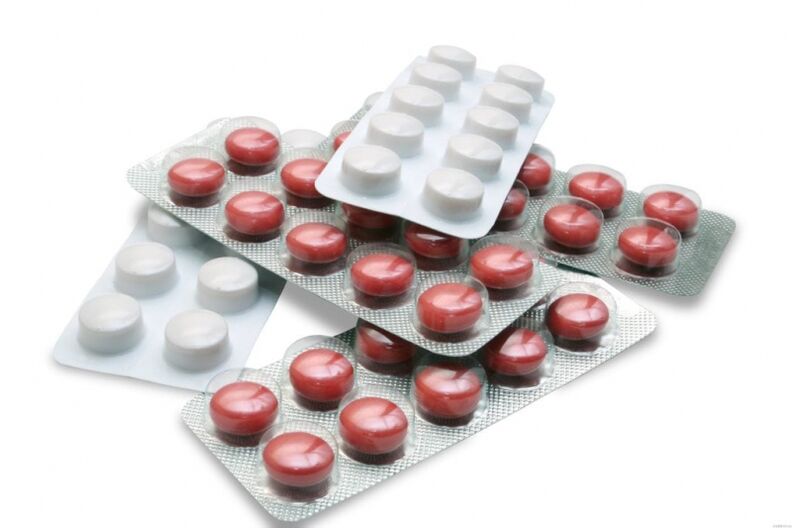
If with the help of diet therapy it is impossible to achieve the desired result, the doctor is forced to prescribe hypoglycemic drugs. Their choice in the pharmaceutical market is very wide.
Self-medication is prohibited, as all pills have their own side effects. Only an endocrinologist can choose the right pill for the patient, taking into account the characteristics of his body and the course of the disease.
The purpose of hypoglycemic drugs is to stimulate pancreatic cells to increase the production of the hormone insulin so that it is in the blood in the required amount.
If in this case it is impossible to normalize the level of glucose in the blood, then therapy includes several groups of hypoglycemic tablets.
Additional actions

In the presence of type 2 diabetes, treatment should include adequate physical activity. It serves as an excellent compensation for the high sugar content.
That is, when exercising in the body, all metabolic processes are accelerated, and glucose is absorbed faster.
You should devote at least half an hour a day to this lesson. If you can't train every day, then at least you need to walk in the fresh air for forty minutes.
You can choose the following types of physical activity for people with type 2 diabetes:
- yoga;
- Nordic walking;
- walking sport;
- jogging;
- bicycle;
- swimming.
If a person wants to study at home, then on the Internet there are many video courses specifically dedicated to diabetics.
If the training takes place outside the house and after they have a feeling of hunger, then it is permissible to make additional food - snacks. The ideal choice is 50 grams of nuts, which contain nutritious protein, have a low GI and fight the appetite perfectly. Just do not exceed the permissible daily allowance, as such products are high-calorie.
From all of the above, it can be concluded that the manifestations of diabetes can be minimized by only two rules: following the principles of diet therapy for diabetes and exercising regularly.














































































